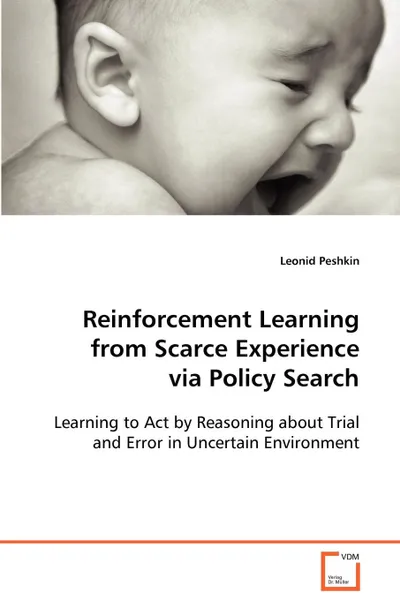Reinforcement Learning from Scarce Experience via Policy Search 14+
📙 Today we live in the world which is very much a man-made or artificial. In such a world there are many systems and environments, both real and virtual, which can be very well described by formal models. This creates an opportunity for developing a "synthetic intelligence" - artificial systems which cohabit these environments with human beings and carry out some useful function. In this book we address some aspects of this development in the framework of reinforcement learning, learning how to map sensations to actions, by trial and error from feedback. In some challenging cases, actions may affect not only the immediate reward, but also the next sensation and all subsequent rewards. The general task of reinforcement learning stated in a traditional way is unreasonably ambitious for these two characteristics: search by trial-and-error and delayed reward. We investigate general ways of breaking the task of designing a controller down to more feasible sub-tasks which are solved independently. We propose to consider both taking advantage of past experience by reusing parts of other systems, and facilitating the learning phase by employing a bias in initial configuration.
Мнения
